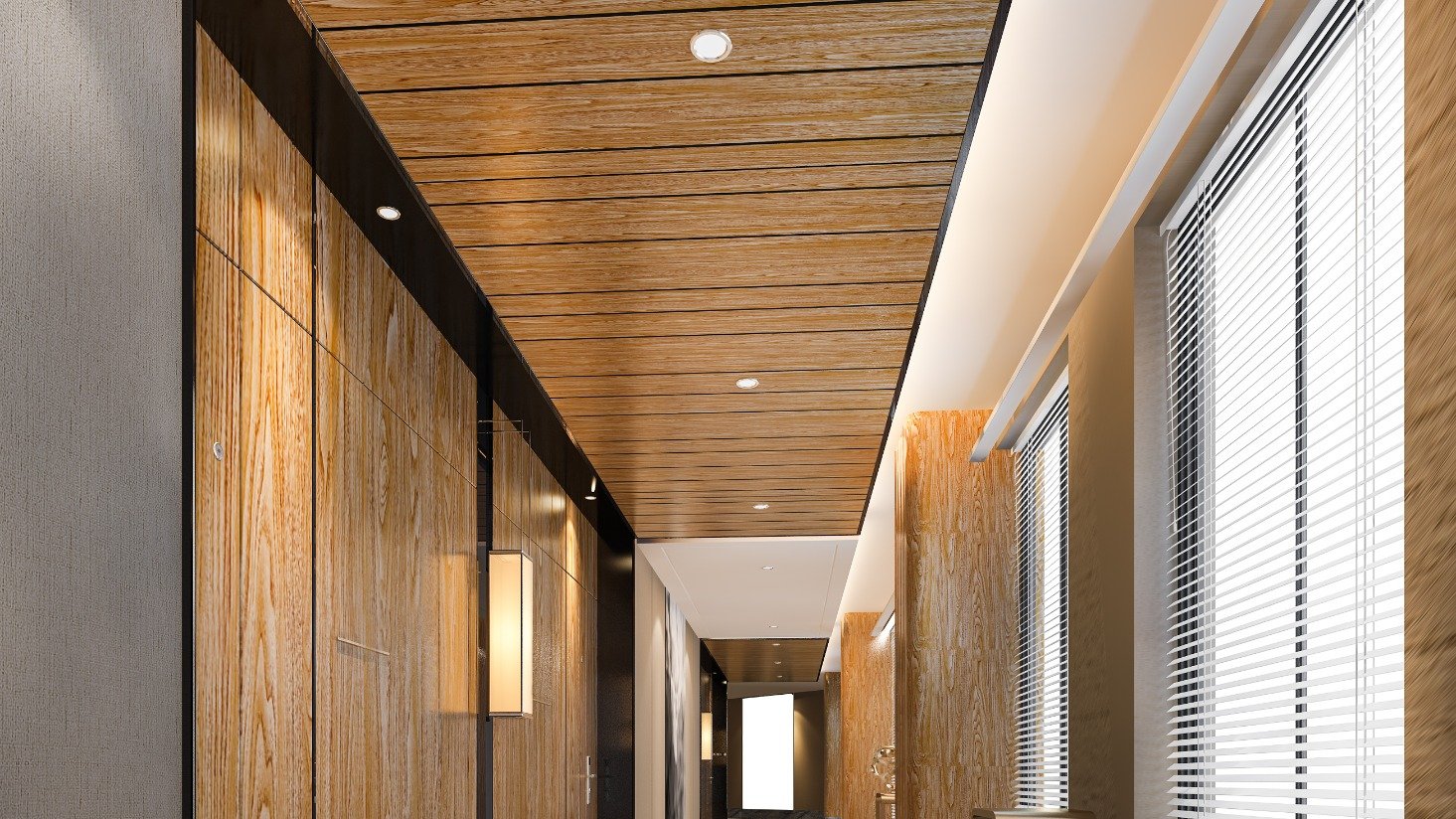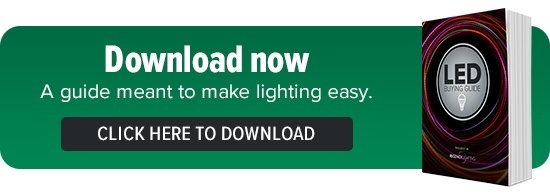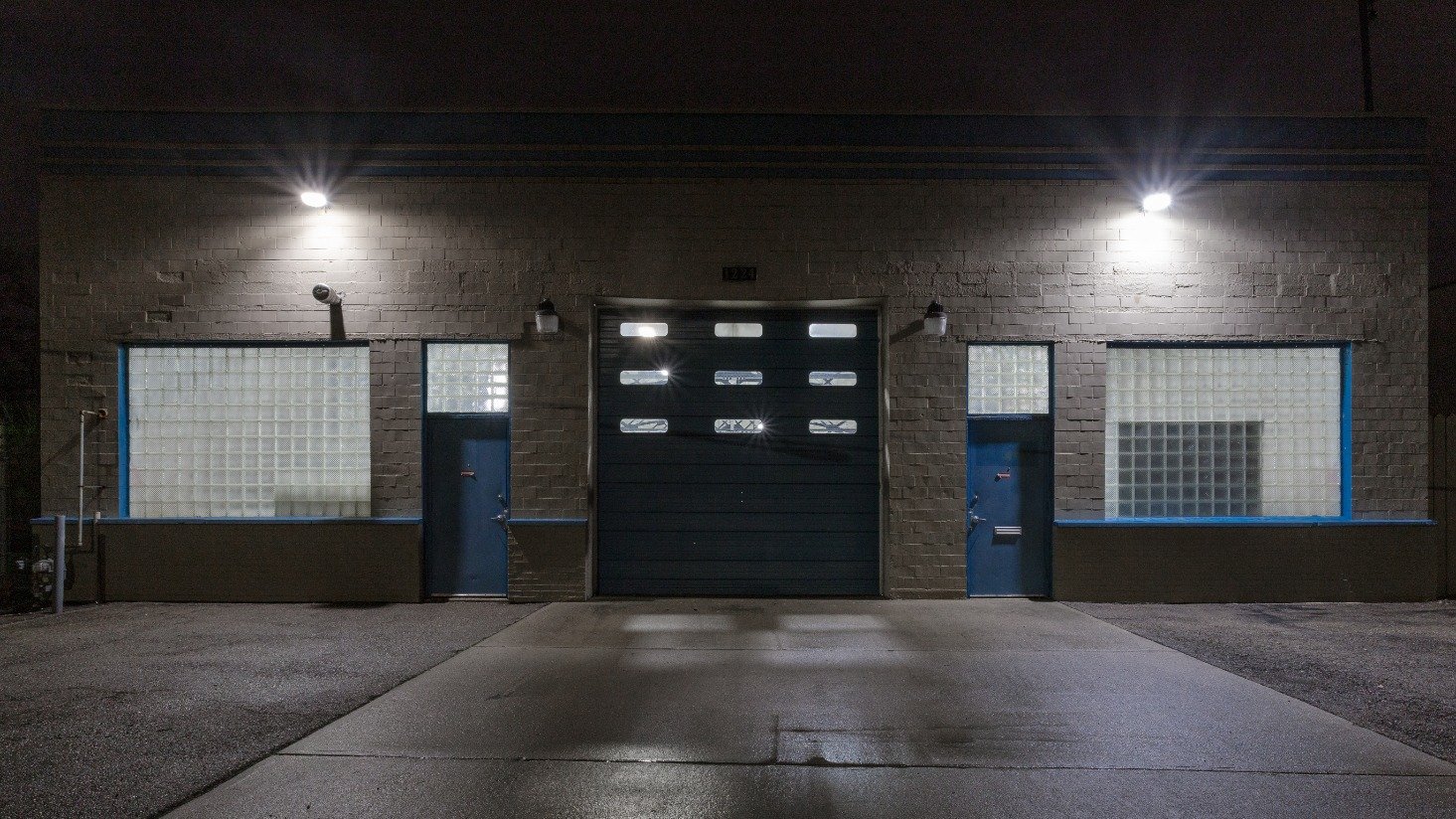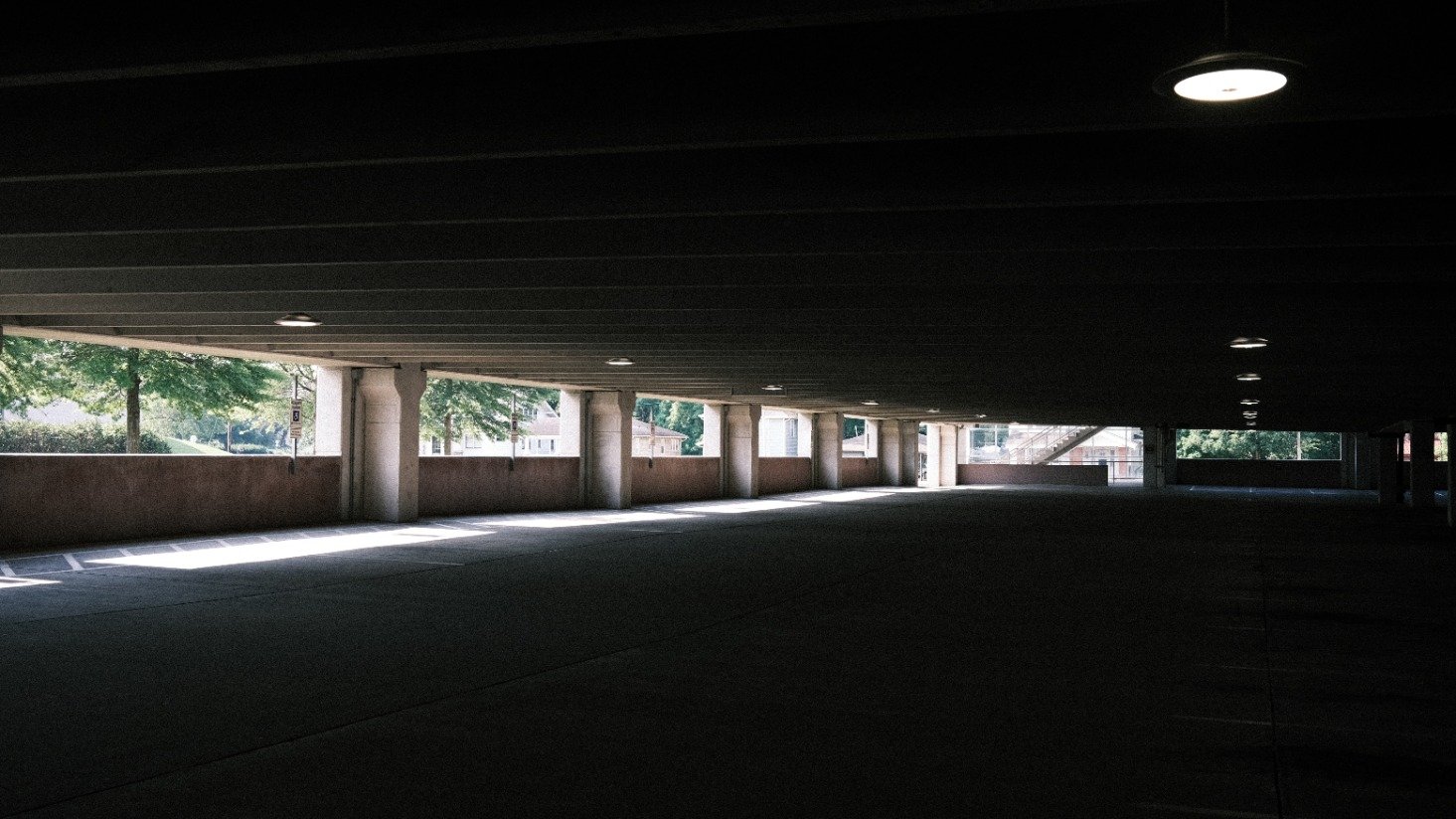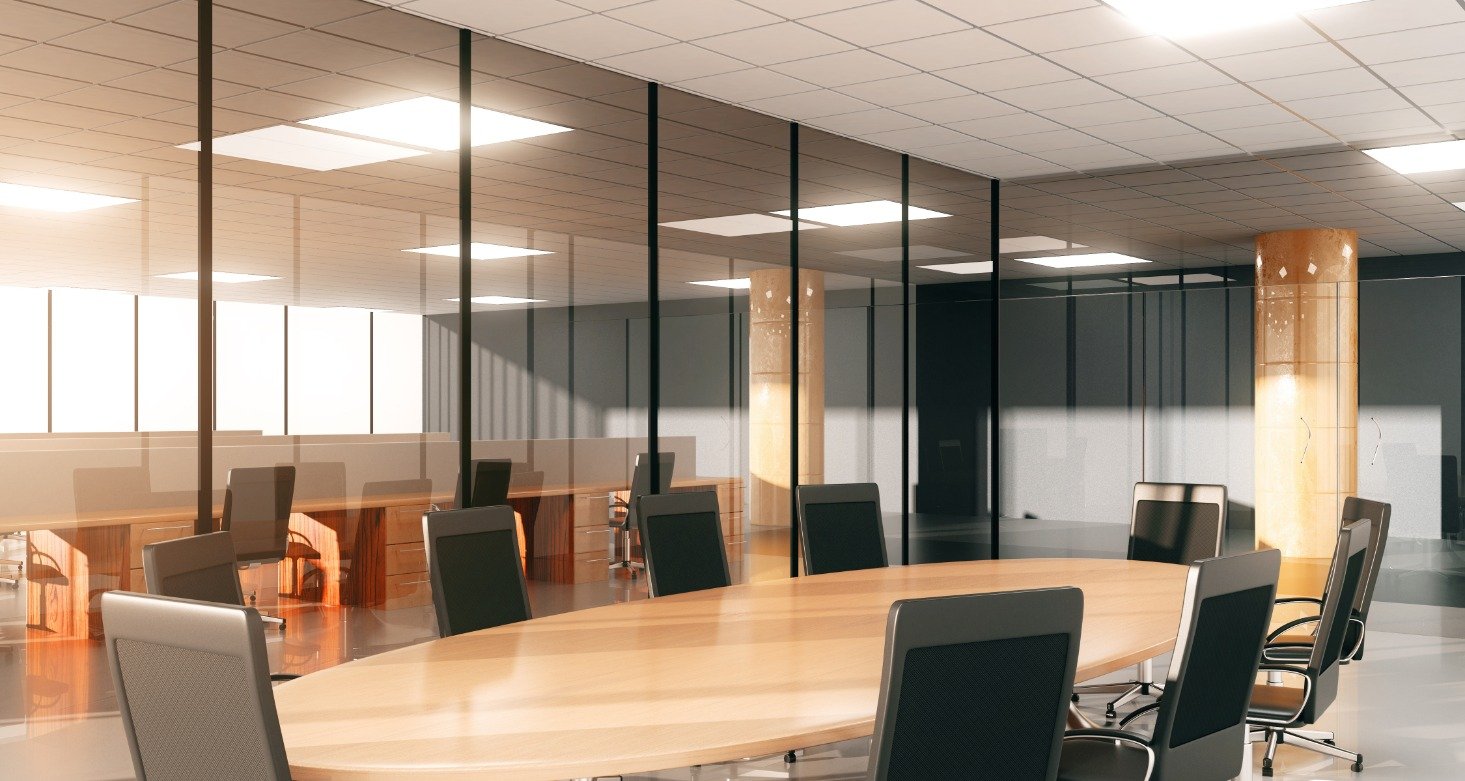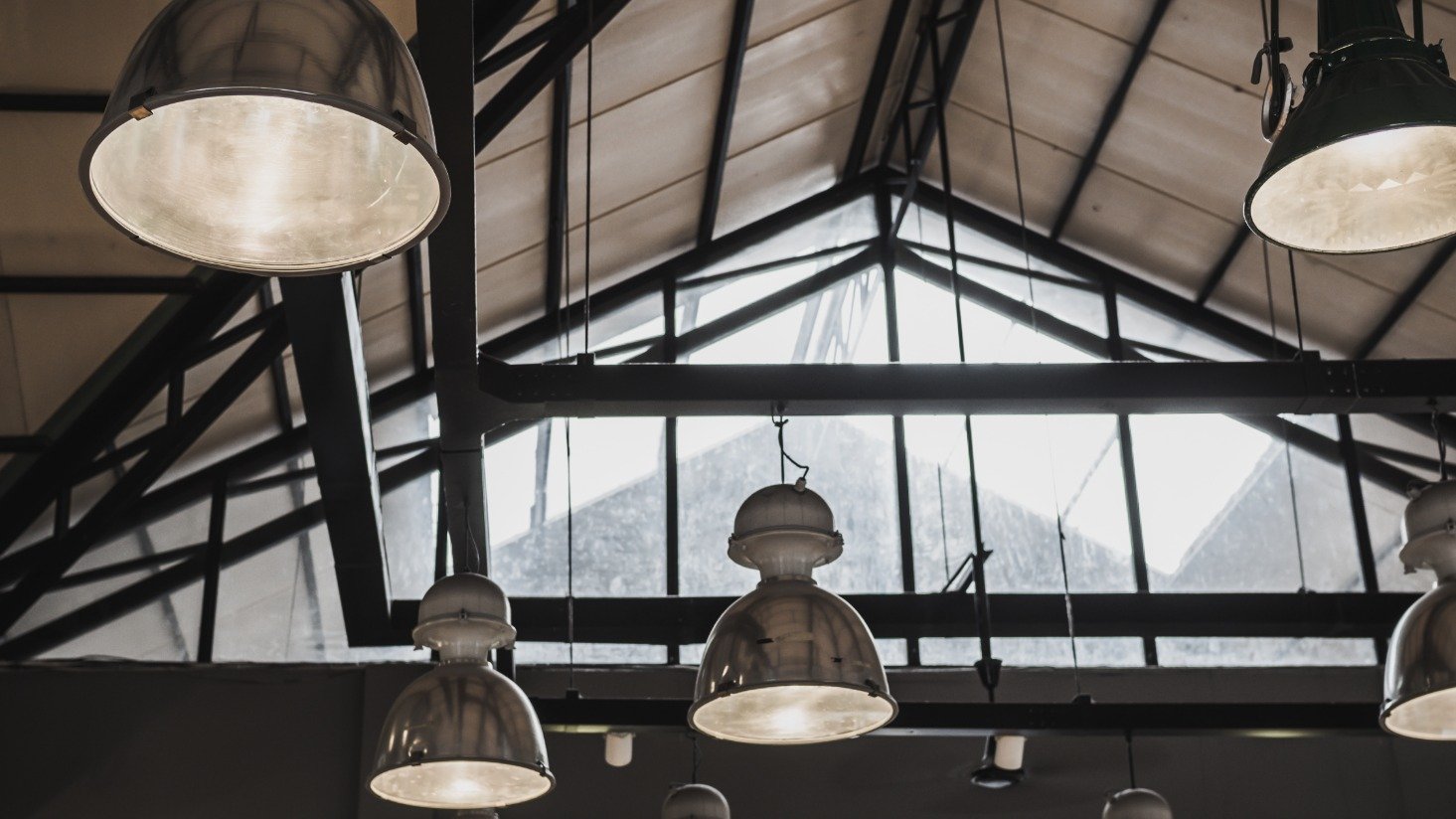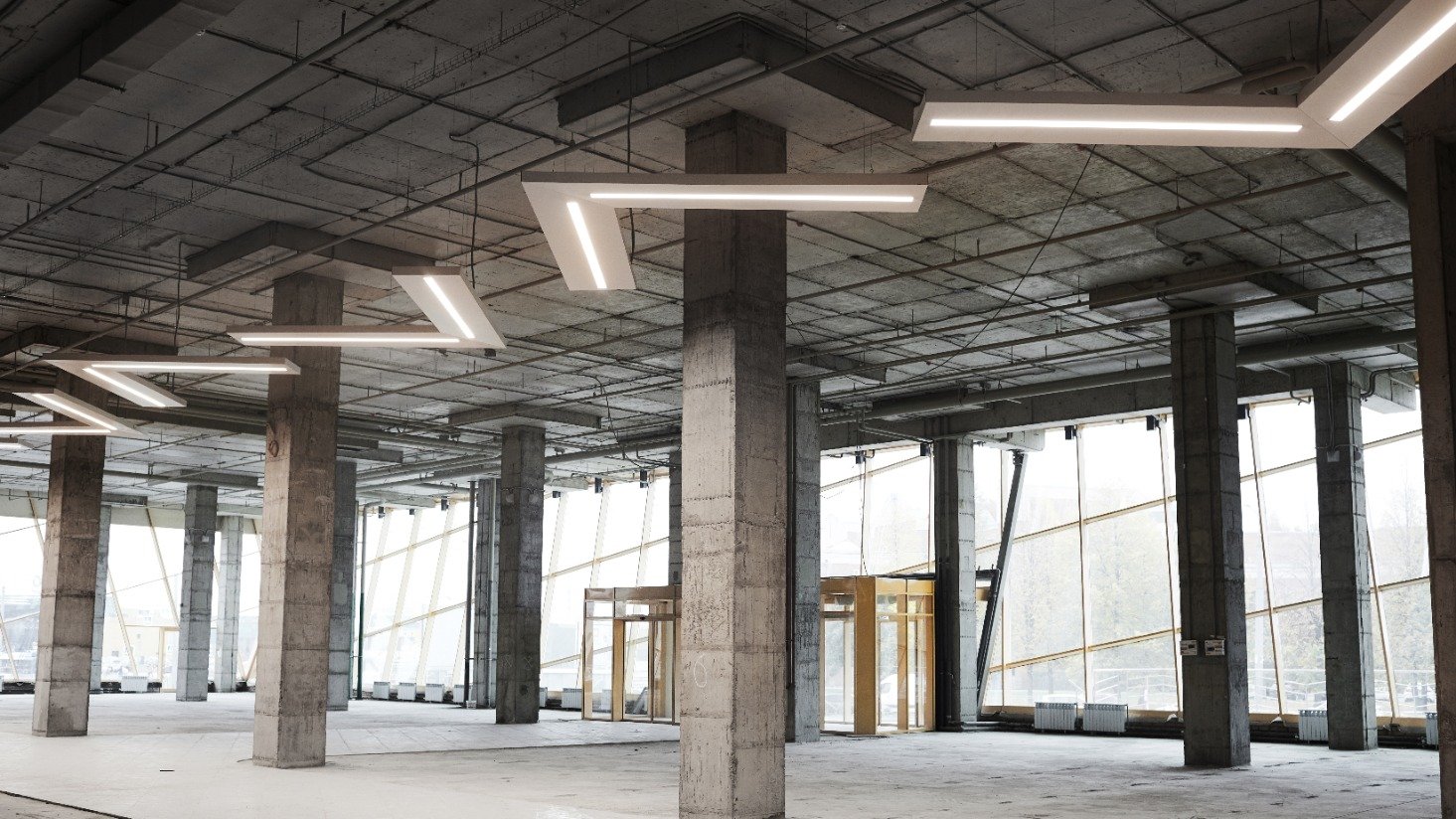How to pick the best LED downlight
Intro here
From offices to schools to apartment complexes to retail and more, downlights are one of the most common lighting fixtures in commercial applications. These fixtures are an easy way to upgrade the aesthetics of a space, they are cost effective, and they come in a variety of options to meet customer needs. Early in the rise of LED lighting, it was most common for our customers to leave an existing downlight fixture in place and simply replace the old incandescent or halogen bulb with a screw-in LED replacement. Today, retrofit kits and integral LED downlights are extremely popular.
In this article, we're covering the key considerations for choosing the best LED downlight for your needs.
Screw-in LED versus LED downlight: Which is better?
When you're weighing your options, the first question to think about is why you would consider an LED downlight over a screw-in LED replacement. Here are some reasons:
- New Construction: If you’re working in new construction, LED downlights are the way to go because of their efficiency, cost, and ease of install. Additionally, you may be required to use these by local code.
- Upgrade Aesthetics: If you’re upgrading lighting and your old trim on your recessed can is dated, damaged, or needs to be updated, a new downlight or retrofit kit is a great option that includes the trim update.
- Efficiency and Warranty: Most LED downlights carry a better warranty and higher efficiency than the equivalent screw-in replacements.
- Lighting Power Density: If you need to meet Lighting Power Density requirements (like Title 24 in California), your old fixture will carry a higher maximum fixture wattage than a new LED downlight, so your best option for meeting code is a new downlight.
- Preference: With the cost difference narrowing, many buyers are preferring to use integral LED downlights over screw-in bulbs in a separate recessed can housing.
There are other factors at play and reasons to consider a screw-in LED, but these factors help explain why LED downlights continue to grow in popularity.
How to compare LED downlights
If you’re shopping for LED downlights, you’ll need to get your basic needs together first. The basics include your light output, light color, downlight size (e.g. 4-inch, 6-inch, etc.), and shape (e.g. square or round). But once you have these basic specs together, you’ll still have dozens of options to choose from.
It’s true that there are a lot of white-labelled products out there where a manufacturer is making downlight models for multiple lighting “brands,” but there are still nuances that could make the difference with the lighting in your space.
Here are some of the top areas to consider as you compare LED downlights:
1. Product availability
Product availability always a concern with projects. No one likes to hear about a lead time issue that will jeopardize their savings or project timeline.
Many manufacturers are bringing stock into the US or assembling fixtures in the US to help with shortening lead times. If you need fixtures in a hurry or you are operating a project where getting product in a specific time frame is critical, you should consider looking for products where a distributor or manufacturer have available inventory in the US.
2. Color quality
Color quality determines how “true” colors look under the light. When it comes to downlights, a space can look drastically different with a low color quality.
In lighting, CRI (Color Rendering Index) is a 0-to-100 scale to approximate the color quality. Most of the time, you’ll want to shoot for a downlight with a 90+ CRI. Some local codes actually require 90+ CRI for new LED lighting.
3. Dimmability
Are you currently or do you plan on dimming your downlights in the future? Dimmability gives excellent flexibility for conference rooms, lobbies, restaurants, and more.
If you think you’ll want to set “scenes” for your lighting, dimmable fixtures are a must.
4. Color and wattage selectable versus fixed color and wattage fixtures
"Color selectable” and “wattage selectable” fixtures are growing in number. These fixtures allow you to change the light color and in some case wattage (translates to light output) with small switches on or in the driver box attached to the LED downlight.
These fixtures tend to be slightly more expensive than a fixed color and fixed wattage fixture, but they also simplify the stocking needs for supplies, so you may have an easier time finding product that’s in stock. These fixtures also allow for flexibility to configure in the field. You can decide if this is a pro or a con based on your project needs.
5. Local lighting code requirements
When it comes to downlights, you may run into local lighting codes for lighting power density, controls, or minimum color quality. Check with local requirements to make sure the product you select will sail through the permitting process.
6. LED downlight warranty
LED downlights from reputable manufacturers typically carry warranties in the five-year range. When you’re considering warranties, the reputation of the manufacturer matters, so make sure you consider more than just the warranty label on the product — you want the manufacturer to be around in 5 years if you run into any snags.
7. Rebate eligibility
Are you planning to apply for utility rebates to help reduce your project cost? If so, make sure that you consider any product requirements established by your utility company, including the impact of color and wattage selectable features on rebate eligibility.
8. Brand and cost
When it comes to brand, there are a number of good options to choose from. If you’re looking for other lighting products and you can consolidate to a specific brand, you may be able to negotiate better pricing based on volume. Or maybe you’re trying to hit an overall fixture price or project cost which will drive you toward a specific option.
We recommend steering clear of the lowest cost products on the market. These tend to have issues with color consistency, premature failures, and a lack of warranty support.
What about architectural-grade LED downlights?
Architectural-grade LED downlights are the perfect solution where high-performance lighting is required. These range from recessed multiples with aiming capabilities to powerful high-ceiling applications, to applications where color quality is imperative (like museums and retail).
If you’re interested in architectural-grade LED downlights, consider engaging our lighting design studio, RL Studio, for support on your project. You can also check out their portfolio for examples of architectural-grade lighting design.
What is the best LED downlight available?
Ultimately, the best LED downlight is going to depend on your budget and requirements. The good news is that there are a number of quality options to choose from. If you’re working on a lighting retrofit, remodel, or a new construction project, our team has the expertise to guide you to the products that fit your needs and timeline. If you’re ready to specify projects or you have an over-budget lighting package that you need help with, schedule a lighting consultation with our team here.
